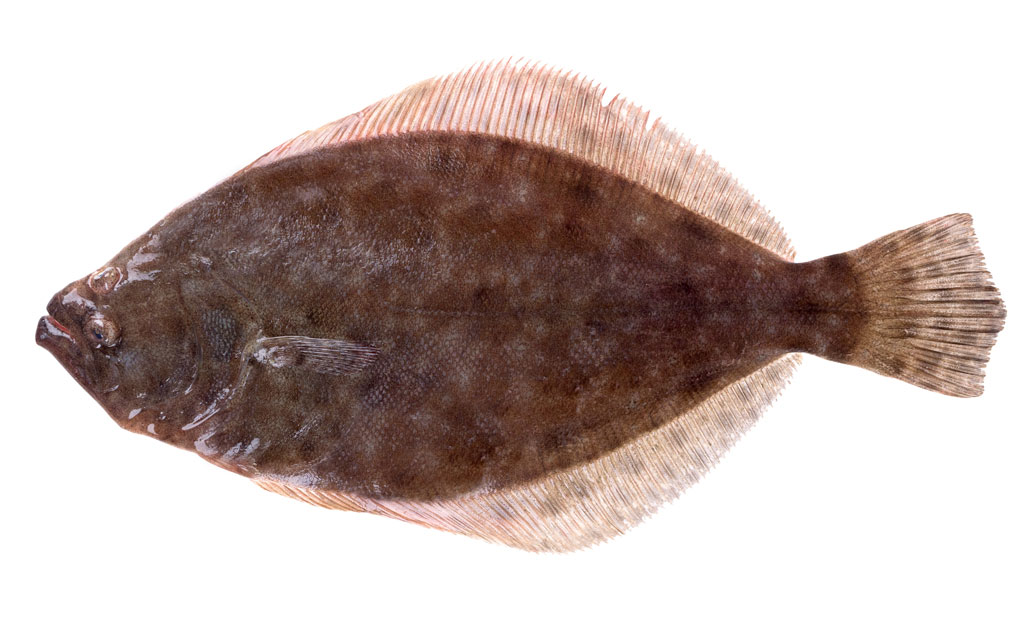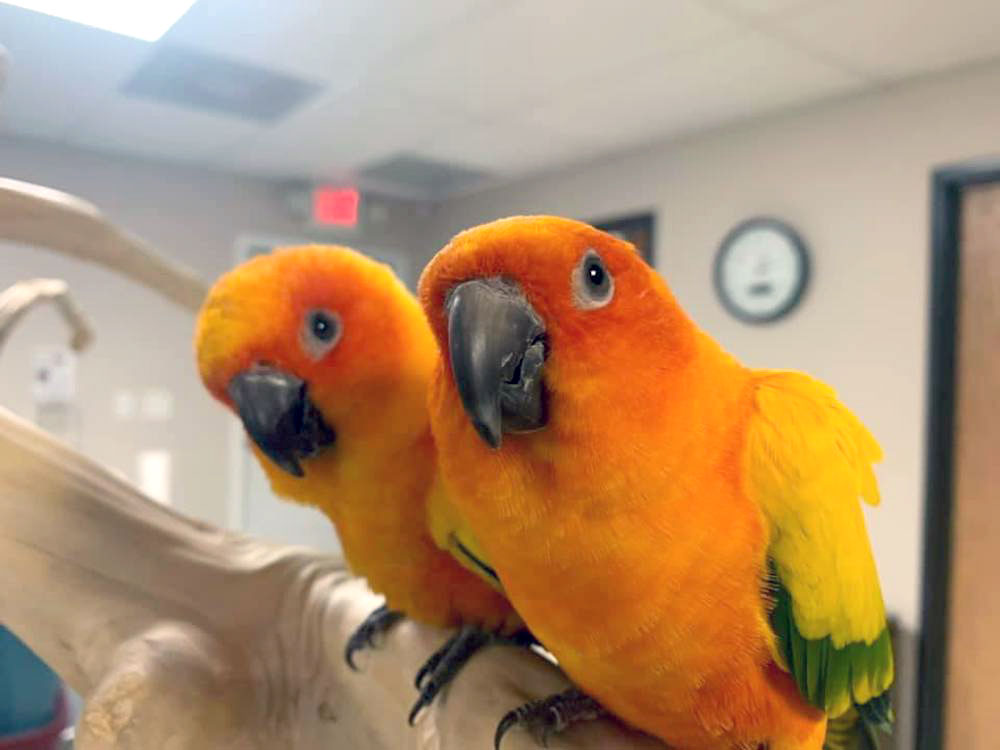
One of the few whooping cranes captured, tagged and released in an attempt by researchers to learn more about the daily life of North America’s most endangered bird. The only flock of whooping cranes in the wild spends its winters in the Aransas National Wildlife Refuge near Corpus Christi. Courtesy photo
As the most endangered bird in North America, the whooping crane is also one of the most studied. The annual Whooping Crane Festival in Port Aransas, scheduled this year for Feb. 19-22, always draws a full slate of bird enthusiasts and experts eager to learn more about the reclusive bird — and get the ultimate photo.
Boat excursions, hikes and photo sessions are among the most popular festival features each year. This year, renowned photographer Larry Ditto plans an overnight photography trip to La Copita Ranch along with several birding field trips and workshops. A popular field trip aboard The Mustang II provides opportunity for up-close photos of the birds in their coastal habitat.
Noted educator and author Gene Blacklock will take participants on a field trip to many of the numerous area birding sites as well as present a special seminar on shorebird identification. Indoor activities include a trade show and a slate of guest speakers from the University of Texas Marine Science Institute.
Whooping crane tracking program
Recently, a group of biologists accomplished a first in whooping crane research: They managed to capture and band 37 adult birds. Tracking devices attached to the 5-foot-tall birds are expected to deliver detailed information about where the birds go on a day-to-day basis.
“This project gives us very fine scaled, detailed habitat information,” said Dave Brandt, wildlife biologist for the U.S. Geological Survey in a video of the process. “We can find out what kind of vegetation and food sources they prefer. We can better understand what the birds need from their nesting grounds in Canada all the way down here in Texas.”
Whooping crane numbers dropped to about 15 individual birds in the 1940s. The main flock winters on the Aransas National Wildlife Refuge and summers in Wood Buffalo National Park in Canada. After a massive effort on the part of local and federal agencies, the Aransas-Wood Buffalo flock, as the crane population became known, now numbers between 250 and 300 birds.
Cranes bond for life, with both male and female taking care of the one to three eggs laid each season.
The birds, young and old, travel 2,500 miles from Canada to the Coastal Bend each fall to feast on blue crabs, small fish, mollusks and berries. Local conservation groups such as the Mid-Coast Chapter of the Texas Master Naturalists do their part to help the birds by planting crane favorites, including Carolina wolfberry, in the marsh.
For more on the whooping crane, including details of a court case involving 28 dead birds that is making its way to the U.S. Supreme Court, check out our coverage at http://www.101corpuschristi.com/news/3123.





